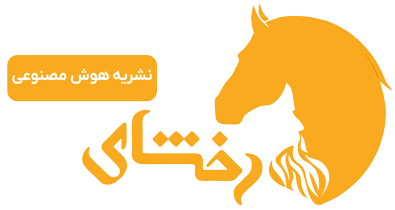In today’s world, the digital content production industry is growing rapidly, and this growth continues despite the many challenges that come with it. One of the solutions used to improve the quality and speed of content production is the use of artificial intelligence technology and chatbots.
Content production challenges in today’s world
Content production in today’s world is one of the most important tools for attracting contacts and improving the position of websites and social networks. But as mentioned, there are many challenges for content producers, one of the most important of which is the production of high-quality content.
To produce high-quality content, you must first conduct a thorough research on the desired topics and the content you intend to produce, and create a conceptual structure and plan for yourself. At this stage, it should be noted that your content, in addition to meeting the needs of the audience, should be of high quality and relevant to the topic.
After that, you need to make sure that your content is clear and you need to use an appropriate writing style. You should also follow the rules of writing and grammar correctly so that your content is linguistically quality.
Another challenge of content production is competing with many websites and social networks. To face such competition, you should optimize your content in search engines in order to have the best chance for visitors.
In addition, you should pay attention to the practicality of your content. Your content should appeal to your audience and help them meet their needs. For this reason, you should use creative and innovative ideas and provide your audience with a good experience.
Finally, to improve the quality of your content, you should also pay attention to self-directed feedback. This will improve your content and make your audience more satisfied.
In general, producing high-quality content results from paying special attention to the desired topics, clarity, writing rules, presenting creative ideas, applying self-directed feedback, and optimizing the content for search engines.
The use of artificial intelligence in the production of content and text by chatbots
Artificial intelligence technology and chatbots have become one of the most important and widely used technologies in the virtual world in recent years. Many organizations and companies use chatbots and artificial intelligence for marketing, customer communication and solving customer problems. However, one of the new and important uses of this technology is content and text generation with the help of artificial intelligence.
The use of artificial intelligence in the production of content and text helps companies and organizations to have more time to produce quality and up-to-date content. With a chatbot, you can easily generate the requested content and text automatically. Many companies now use this technology to produce all kinds of advertising content, educational products and content suitable for every need and topic.
Through the use of artificial intelligence and chatbots, it is possible to quickly and accurately produce content automatically that has quality and logical content. Automatic content generation is a very useful way to avoid writing and spelling errors. With automated content generation, you can automatically cover all requested topics and provide fast action with accurate information.
Finally, as a pioneer in the use of artificial intelligence and chatbots, companies and organizations can reduce the costs and time spent on producing quality content by automating content. The future of human and machine content production will be a proper combination of human and artificial intelligence, and we will experience a world with the highest quality content that has ever been produced.
Conclusion
The use of artificial intelligence technology and smart chatbots, in itself, shows the very rapid growth of the digital content production industry. By using smart chatbots, content producers can increase the quality of content production and have optimized costs and optimal use of resources.
